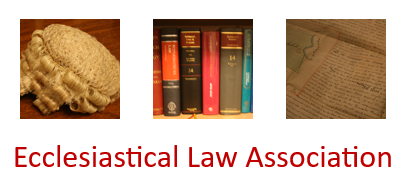The church wished to sell a 16th century chalice and paten and a 17th century Paten, which had been valued at £18,500, £8,500 and £5,500 respectively. The reasons given for the proposed sale were that the items were not used for health and safety and security reasons, and the church could not afford to insure the items to their full value. They were currently stored at a bank changing £750 per year for storage. Although the usual presumption is against the sale of church treasures, except in exceptional circumstances, the petitioners claimed that there were exceptional circumstances - principally, inability to pay the parish share and the quinquennial report indicating that £80,000 needed to be spent on repairs. The Chancellor, however refused to grant a faculty, as he was not satisfied that the petitioners had explored all possible ways of resolving the church's current financial position.

